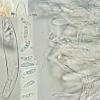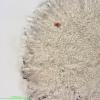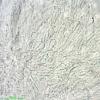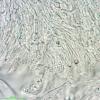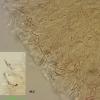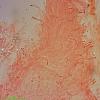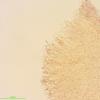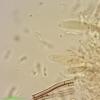
09-01-2026 17:41
Arnold BüschlenHallo, F. dilatata wird von vielen Bryoparasiten

09-01-2026 10:08
 Blasco Rafael
Blasco Rafael
Hola, en el mismo habitat que la anteriorRetamaDia

08-01-2026 21:22
 Blasco Rafael
Blasco Rafael
Hola, He recogido esta muestra de Orbilia sobre Re

07-01-2026 10:24
 Danny Newman
Danny Newman
Pezicula sp. on indet. hardwood Appalachian Highl

07-01-2026 22:22
 Danny Newman
Danny Newman
Tatraea sp. on indet. hardwood The Swag, Great Sm

07-01-2026 17:29
 Marc Detollenaere
Marc Detollenaere
Dear Forum,On a barkless Populus I found some smal

10-11-2021 17:33
 Riet van Oosten
Riet van Oosten
Add-on topic http://www.ascofrance.com/forum/7059

07-01-2026 10:05
 Danny Newman
Danny Newman
cf. Chaetospermum on XylariaCosby Campground, Grea

02-01-2026 17:43
MARICEL PATINOHi there, although I couldn't see the fruitbody, I
I would be grateful for suggestions on this one. Thanks!

Are they hairs for sure? I suppose they are then. Hyaloscypha daedalea would be my starting point. But the spores are rather large here. And H. quercicola has MLZ- asci. WOuld that be an option?
I dont know. If I get it right the dextrinoid part in the hairs is quite long. Howabout Hyaloscypha intacta? The hair layout would fit. H. intacta is often very anonymous macroscopically.
Timo

H. intacta seems to be very common during the winter months, but I have never seen it like this. All intactas I have seen have been on branches recently fallen from the canopies - like this one. This fungus had a very light brownish or beige colour which I have never noticed before. My intactas have always been whitish or greyish hyaline. Likewise, the substipitate apos are new - I have always seen only sessile apos of intacta. Seppo says "...narrowly to broadly sessile".
Danke schön!

Timo


